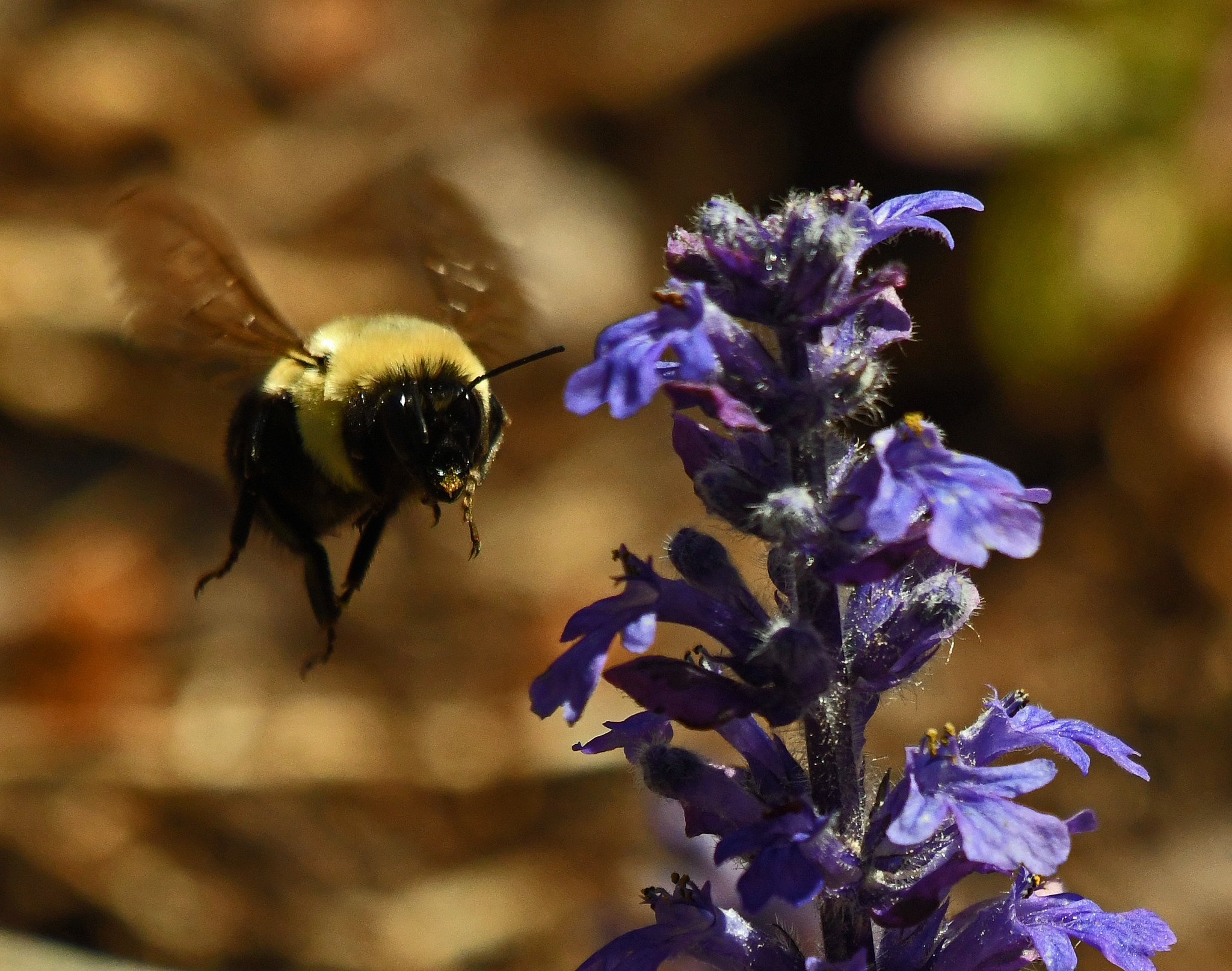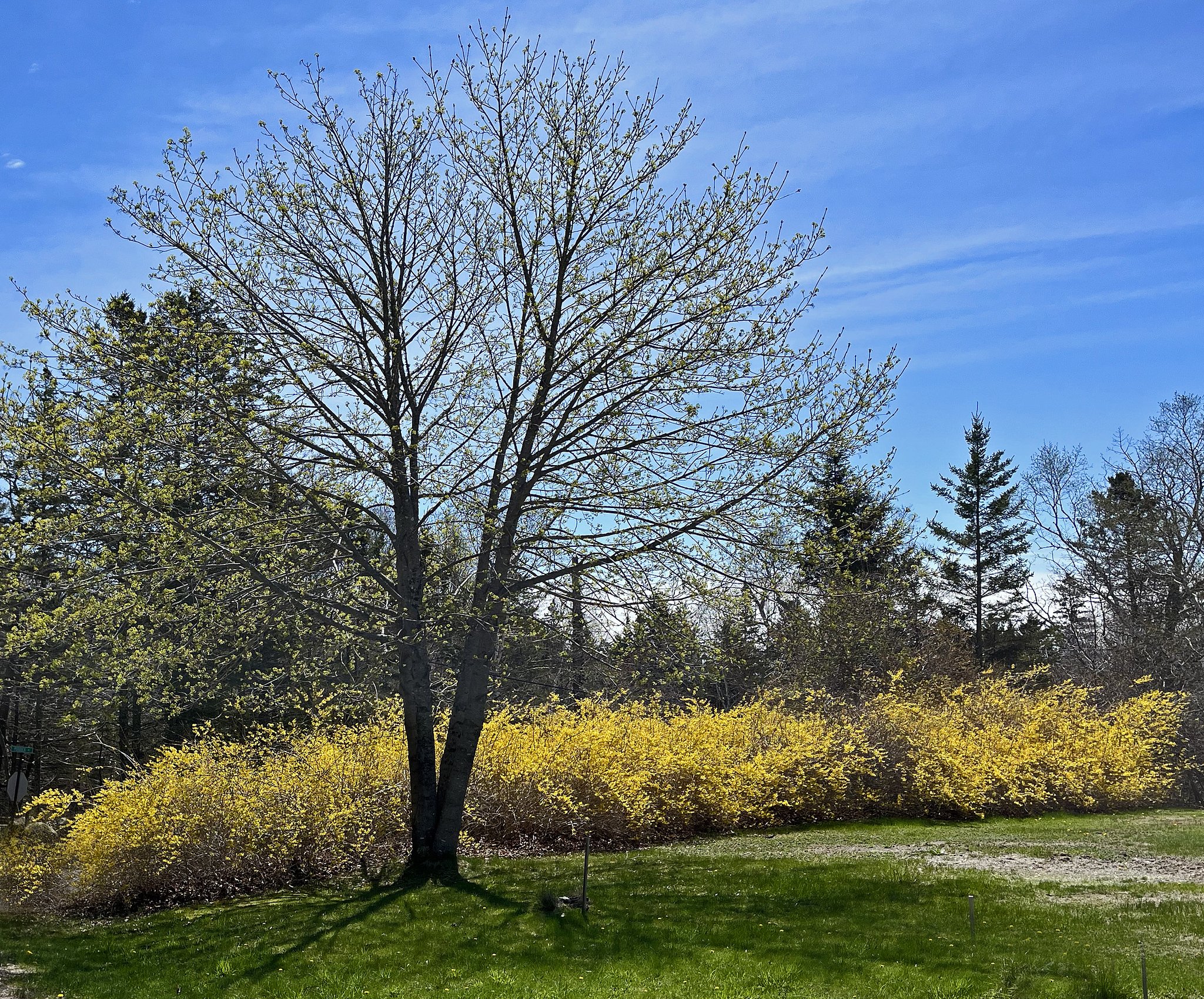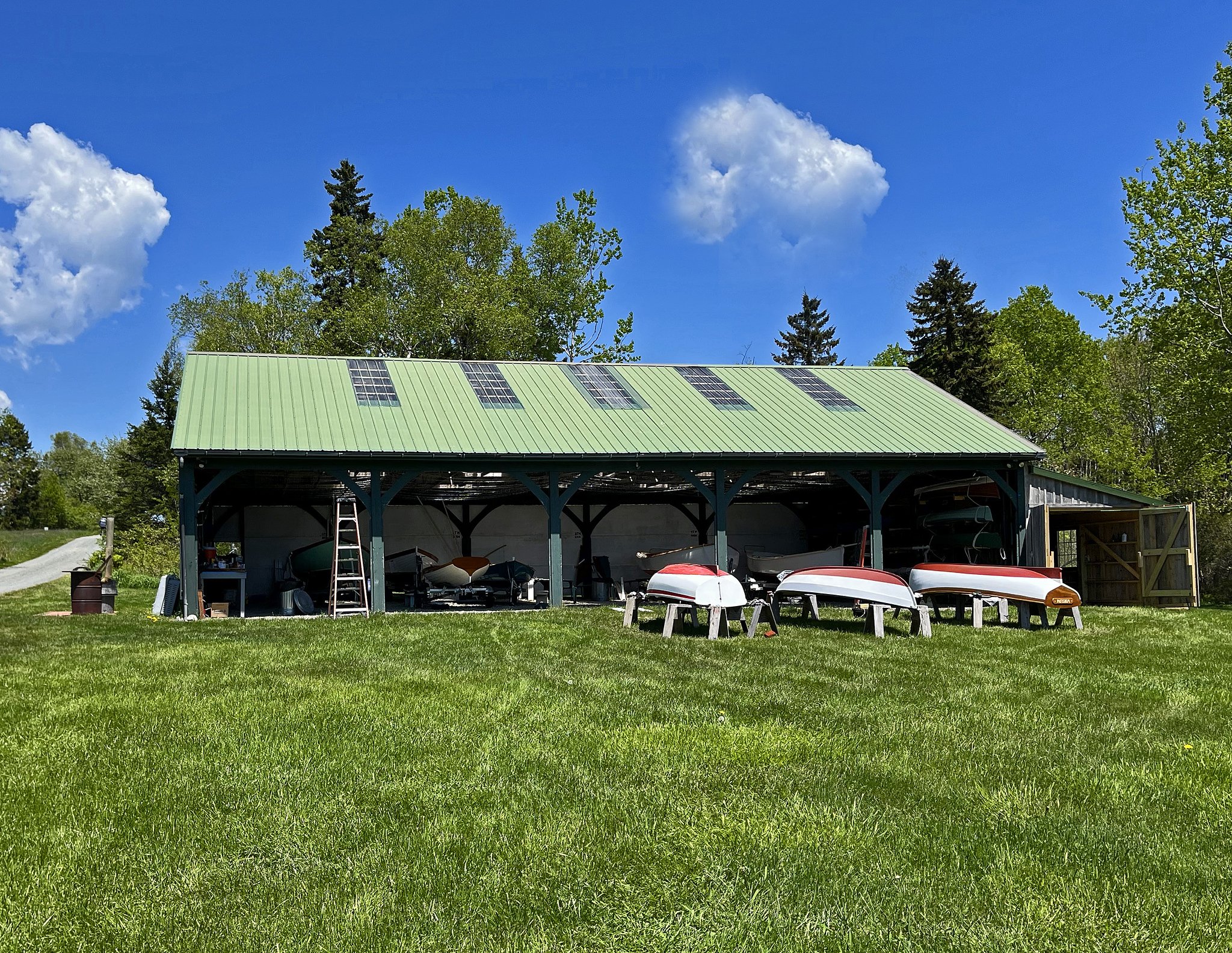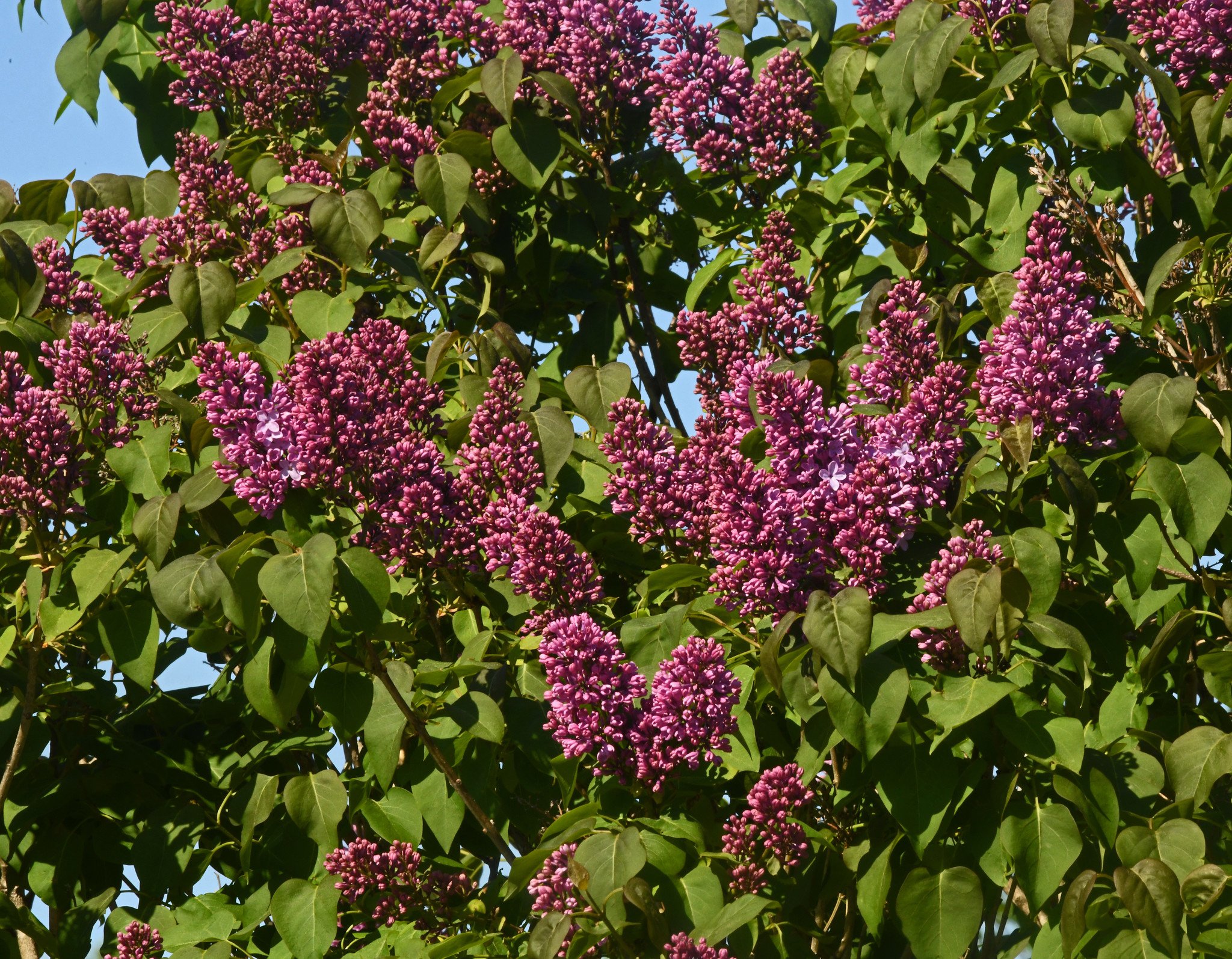Here you see the visually full moon as massive clouds swirl in the sky at a little after 1 a.m. today. The slightly golden or reddish hue is caused by the orb’s unusually low position as viewed through our atmosphere. Gaps in the clouds allowed a clear sight of the golden globe this morning:
The June 2025 full moon technically will occur (be at its fullest) after most sane people go to bed here tonight (3:44 a.m. June 11, to be precise). It is the lowest full moon that we’ve experienced since 2006 due to a “lunar standstill,” which is a complex phenomenon involving views of the moon’s tilted orbit relative to the celestial equator.
The June full moon traditionally is called the Strawberry Moon because it coincided with the Algonquin strawberry harvest season in the northeastern United States. (Images taken in Brooklin, Maine, June 10, 2025.)































































































































